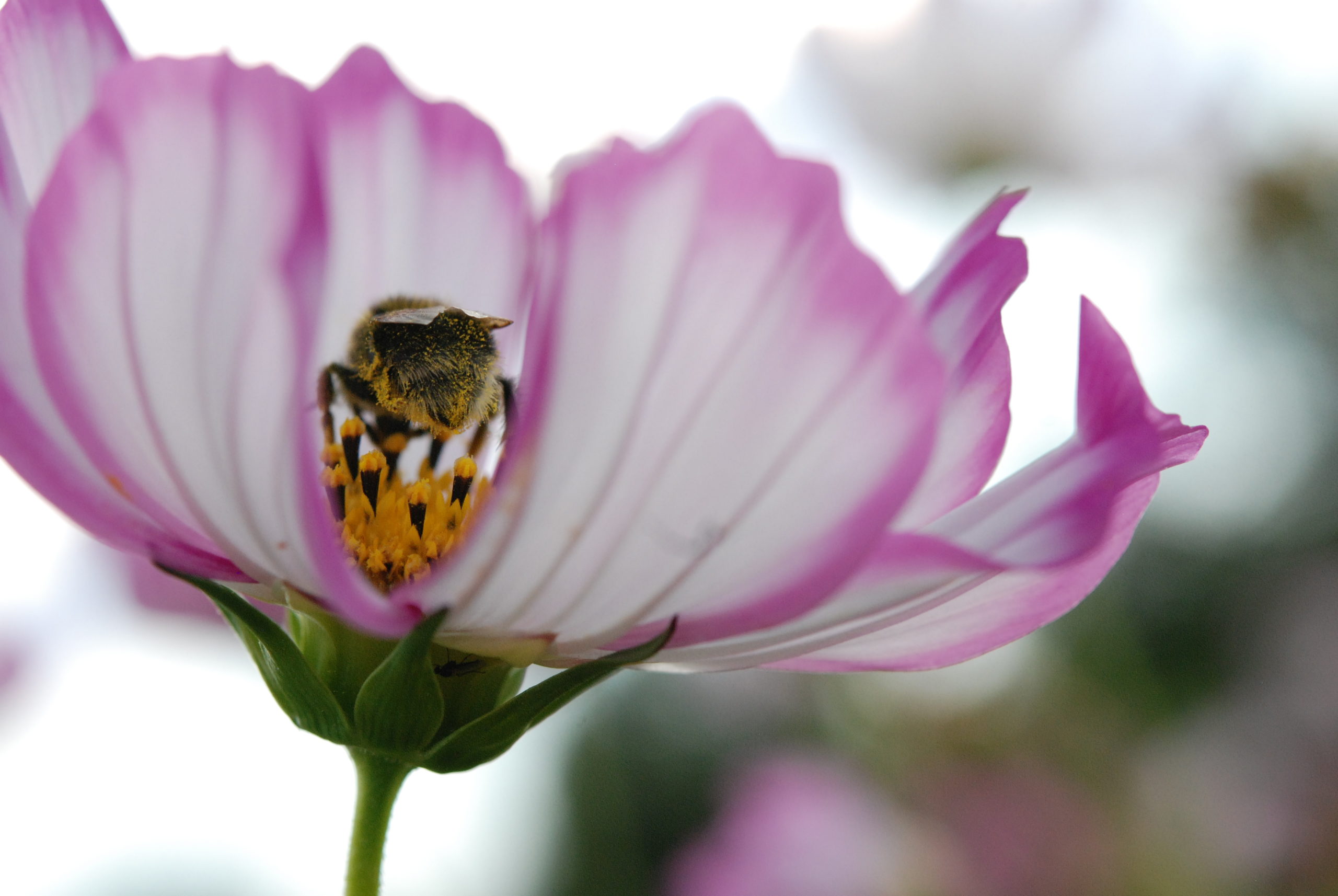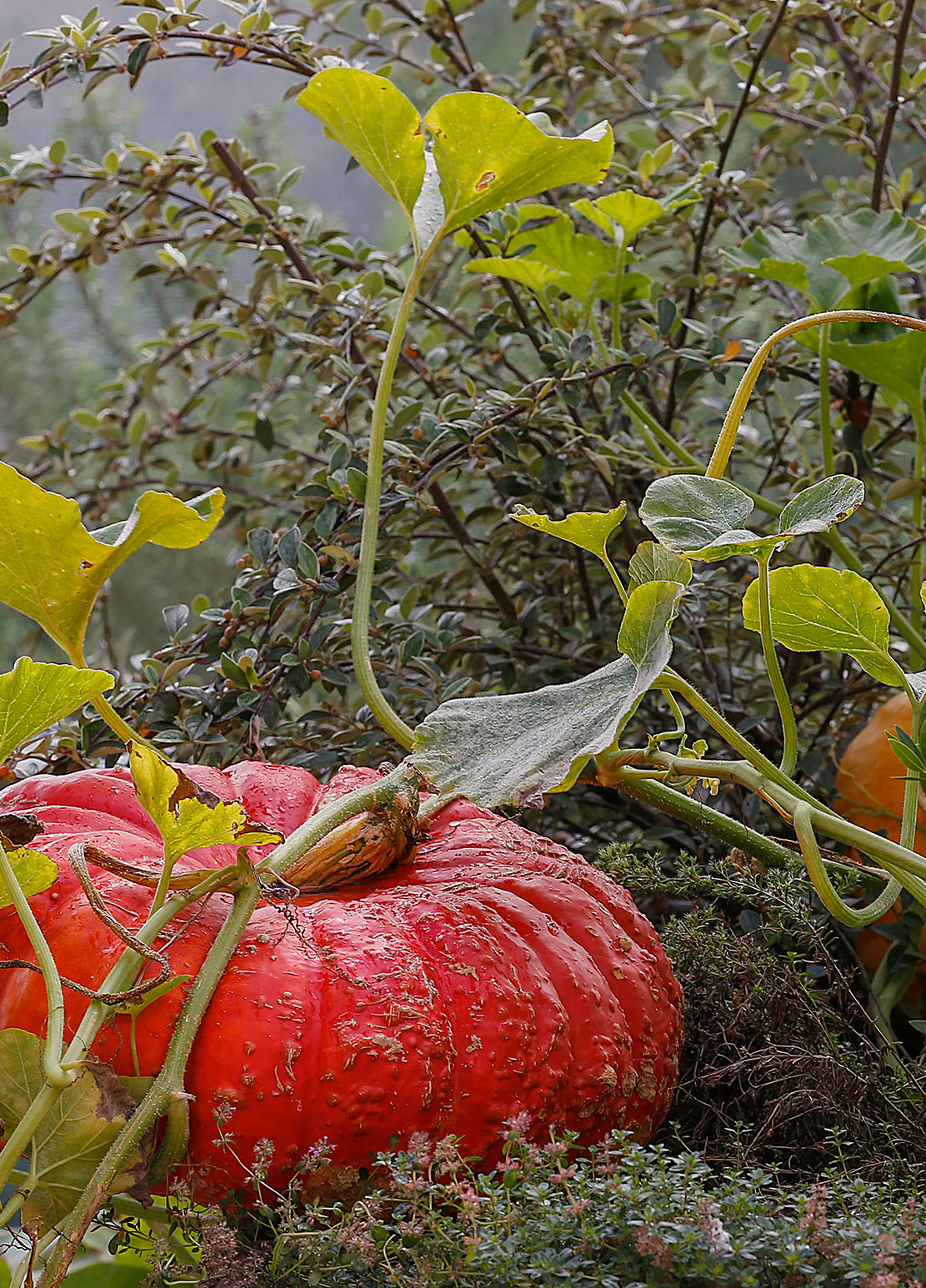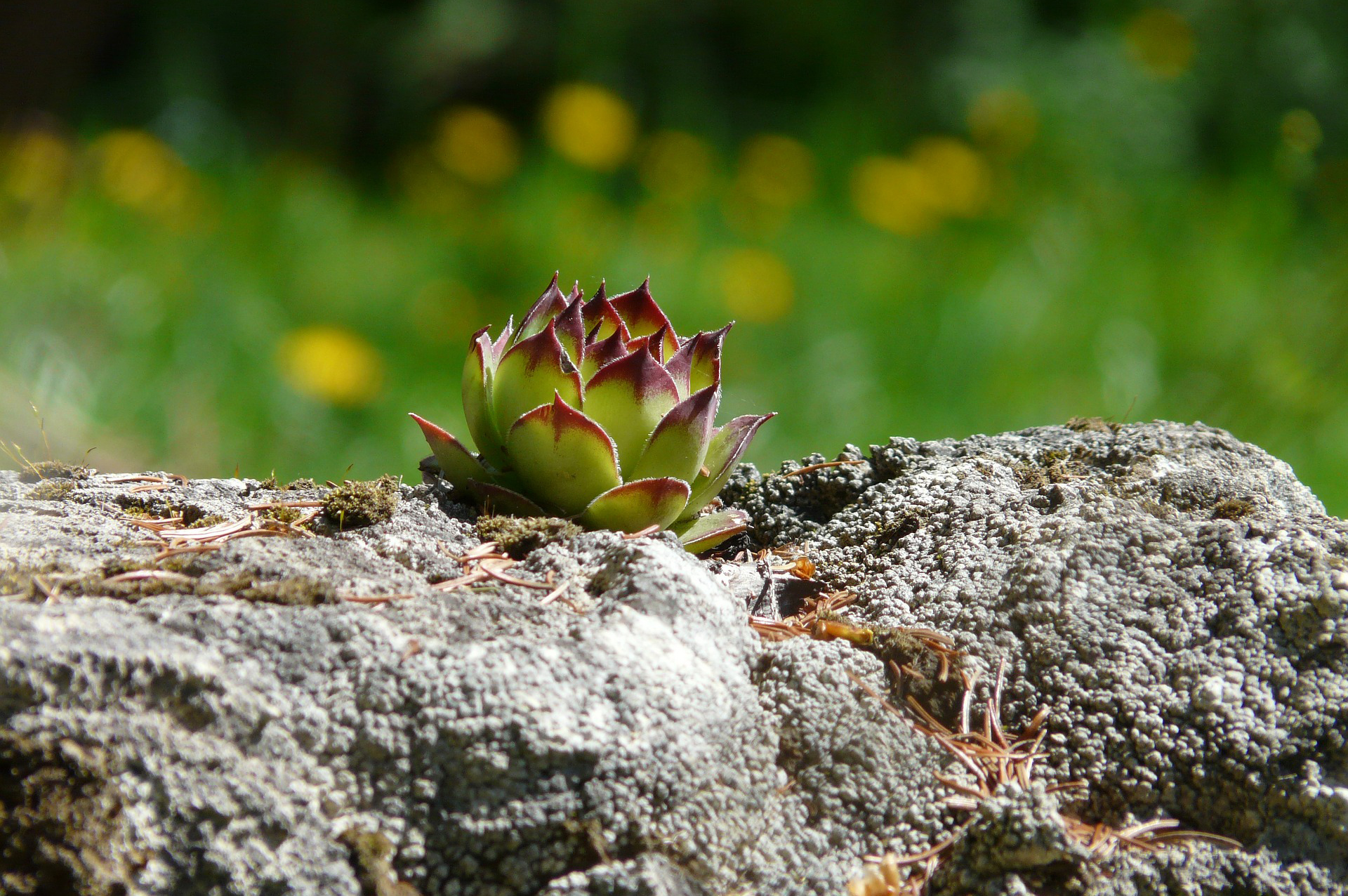The bee, nature’s fertile messenger, has been present on earth for 120 or 130 million years. We know its pivotal role in pollinating crops and its domestication in the Neolithic period. In France, there are 1,000 species, including the Apis Mellifera, the honey bee.
But what happens away from prying eyes, in the hive, where it returns again and again to maintain an organised society and store honey, pollen and royal jelly?
Its daily life and its work are organised very precisely and we will try to uncover the secrets of its success.
THREE FUNDAMENTAL ACTORS
A queen, who has been fed royal jelly since childhood, reigns over a healthy colony of 50,000 adults and 35,000 babies. There are also around 2,000 drones, born from unfertilised eggs, which are used solely for reproduction, as well as a majority of workers who share the task of running the hive.
A queen in the summer months can lay 2,500 eggs per day, which the workers have to feed and look after for the welfare of the colony.
A worker is guided by the pheromones released by the queen. The ten or so bees that feed the queen lick the royal body to transmit the information necessary to the balance of the community by trophallaxis, i.e. mouth-to-mouth feeding.
A worker only lives for a few weeks and longer in winter, but it will perform different tasks in succession. First it cleans and maintains the combs. It then becomes a nurse, taking care of the larvae. Later, it will look after the storage of honey, its production and the ventilation of the hive. Next it becomes a guard to defend the entrance to the hive and finally it leaves to explore the outside world, gathering nectar from the flowers, that provide the energy that is essential to the colony.
Each individual in the hive is therefore a link in this community.
HOW BEES COMMUNICATE
In 1973, Karl Von Frisch, an Austrian ethologist, was awarded the Nobel Prize in Physiology or Medicine as he had succeeded in solving the mystery of the bee dance. He revealed the existence of a code in the hive that proves that bees communicate with each other and exchange precise information about the location of their food.
This innate code is understood by all foragers who need to get their bearings when exploring. Those scouts then perform a figure-eight dance vertically on a comb. In this dance, speed is of the essence, since slowness indicates distance from the food source. A lively dance, on the other hand, indicates a nearby source of food. In this way, bees inform each other of the distance and direction in which they should fly so as not to get lost and waste energy.
The movement of the bees’ dance conveys messages to the colony. When two foragers dance, the community compares the information and determines which route to take.
This code is complemented by training and discovering certain smells that enhance the accuracy of the message.
POLLINATION, A PRECISE PATH
A bee can venture six to ten kilometres away from its habitat, which is a feat of nature in proportion to its size.
To find its bearings, it uses several cues: the position of the sun, observed and memorised landmarks, measurement of distance through vision and the detection of polarised light. Its tiny brain, containing 900,000 neurons, a far cry from a large ape, still enables it to solve many problems.
This is how the bee traces its path from the hive to the chosen plant, thanks to its long-term memory.
The bee is loyal to certain flowers. This means that bees will land on particular species of plants which they will distinguish with their sense of smell. This will as a result lead to the pollination of the flowers visited and to the appearance of patterns in their numerous visits.
An essential little helper, the bee is responsible for 80% of plant pollination. We cannot do without this beautiful messenger whose organization is so precise. This is why the study of its behaviour can enlighten us in our efforts to preserve it.
” We see the bee settling on all the flowers, and sipping the best from each” Isocrates
How do you think we can preserve bees?




